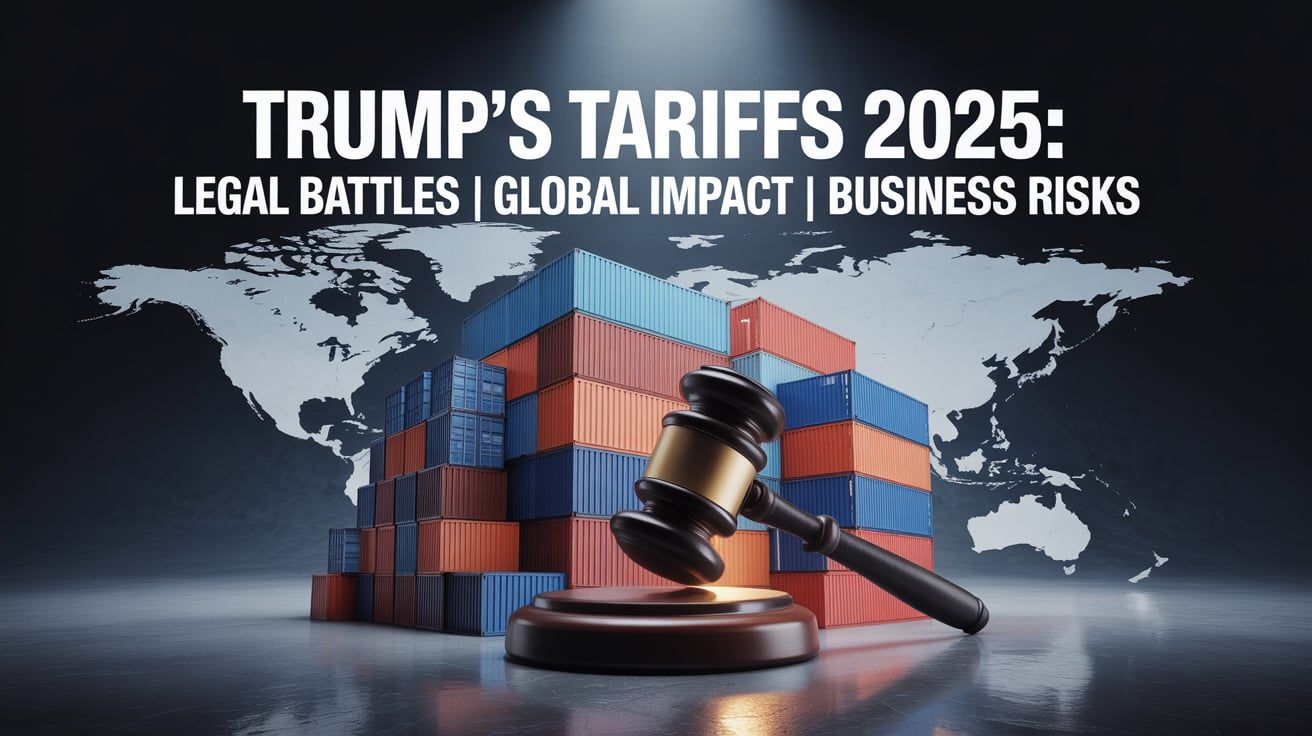For the past few weeks, Donald Trump’s sweeping tariffs have emerged as one of the most debated topics globally. What started as a push for “fair deals” has now spiraled into a legal fight at home and economic tensions abroad.
What does Trump’s tariff consist of?
To those unaware of tariffs, they’re the taxes charged on goods brought from other countries, typically a fair percentage of a product’s value. Recently, Trump imposed tariffs on certain goods and products, which economically impacted certain countries. He stated that the tariff was introduced to encourage US consumers to buy more American-made goods, increase the amount of taxes raised, and boost investment.
In this regard, two appeals courts ruled that many of Trump's tariffs violated existing trade laws. Still, they remain in effect until October 14, 2025, while the Supreme Court reviews the case. Trump has warned that overturning them could lead to an “economic catastrophe.”
On September 5, Trump signed a new order reshaping the tariff framework. Exemptions have been given for products like pharmaceuticals, aircraft, and critical minerals, but only if trading partners agree to reciprocate the deals. On the other hand, new tariffs were imposed on materials such as aluminum and silicone.
How does it lead to a global fallout?
This impulsive approach signals Trump’s intention to use tariffs as leverage in international negotiations. The ripple effects have swiftly affected the economic status of countries worldwide. Some of the countries that were majorly affected are;
- India faces a 50% tariff, sparking concerns of a 0.5% GDP decline.
- Brazil’s President Lula denounced the tariffs as “blackmail” and threatened retaliation.
- Across Europe, polls show widespread frustration, with many citizens believing Europe “sold out” in its latest trade deal with Washington.
- Moreover, China has criticized Washington for imposing 50% tariffs on Indian imports, calling it “unfair and unreasonable.”
The US economic cost of this tariff implementation is that households pay around $2,400 more yearly. Prices for footwear and apparel have risen by nearly 40%. Analysts estimate a 0.6% drag on GDP and annual losses of up to $110 billion. Additionally, job growth has slowed, raising concerns about a looming job recession under Trump’s economic strategy, branded “MAGAnomics.”
What is this going to cost India?
India has taken specific government measures on a comprehensive relief package for exporters affected by the US tariffs. Finance Minister Nirmala Sitharaman also emphasized that the government is closely monitoring the performance of the Indian economy to ensure financial stability.
According to the data indicated by the Chief Economic Adviser V. Anantha Nageswaran, the tariffs could reduce India’s GDP growth by approximately 0.5% to 0.6% in the current fiscal year. The primary concern is that the 10% tariff on all goods would make Indian exports to the US more expensive, leaving it questionable.
Some of the Indian industries that are experiencing a serious amount of job losses and margin compression due to the increased tariffs are the textiles and jewelry sectors. Considering this situation, economists warn that the full economic impact will take time, which could affect employment in India, wage issues, and private consumption.
Since most Indian companies are part of the global supply chain that feeds into American products, this sudden tariff transit can eventually lead to contract losses. As India has a significant stake in US trade policy, the potential return of what Trump’s tariffs are proposing presents a complex mix of challenges and strategic opportunities from both economic and legal perspectives.
What’s Next?
The fate of Trump's tariff regime now rests solely on what the Supreme Court decides. The outcome of Tariff rulings could either dismantle Trump’s strategy or solder it as a defining feature of global trade for years. For businesses, investors, and policymakers, the most critical question is not whether tariffs are legal but whether their business will sustain in this fragile global economy.
Therefore, proactive policy advocacy can help businesses navigate this complex trade environment. Collaboration with industry associations or government bodies can facilitate discussions to resolve disputes and promote fair trade practices.
Moreover, understanding global changes can help you time your business decisions more effectively. Consider connecting with a professional expert, like Deutsche, who can provide the insights and updates you need to stay ahead.
